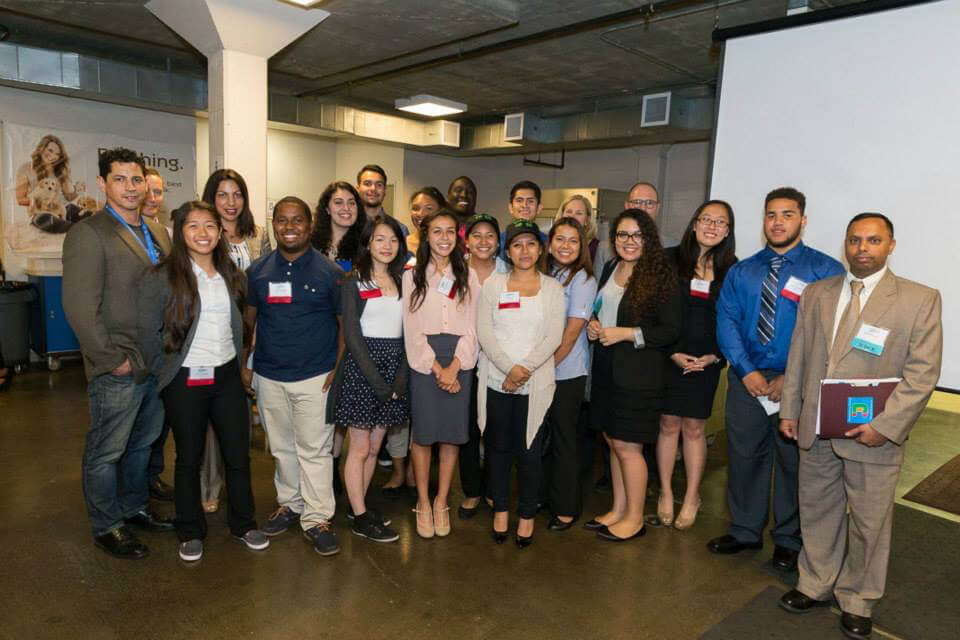Chris Nicholson Advises the Next Generation of Entrepreneurs

mPulse CEO Chris Nicholson served as a judge for the Network For Teaching Entrepreneurship (NFTE) Greater Los Angeles Regional Semi-Finals Competition on April 29, 2015, providing valuable advice for the next generation of entrepreneurs. NFTE is a non-profit organization that implements entrepreneurship and business courses at middle and high schools in low-income areas. Its mission is […]
In Conversation with Jared Reitzin – HIMSS15 Edition

While in Chicago for HIMSS 2015, mPulse Chairman and mobileStorm CEO Jared Reitzin produced a series of videos for mHealthWatch. In the videos, Jared talks to industry leaders about mHealth industry trends. Check out the videos below. In Conversation with Jared Reitzin: A Timely Talk About Wearables with Kaiser Permanente’s Chip Strosnider In Conversation with Jared […]

